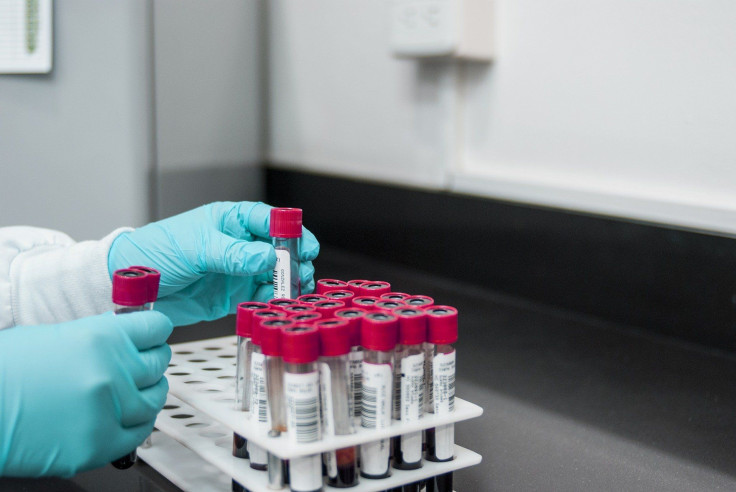How Digital PCR Works

There is so much to know when discussing anything related to digital polymerase reaction. Digital PCR is often applied in clinical biology as a critical in the laboratory setting. It has many advantages compared to quantitative PCR, which encompasses many facets of specimen testing applications.
The PCR invention dates back to the 1980s, and since then, detection of microbiologic agents has never been easier. Advanced microbiology research has been spearheaded by this technology for a long time, making it the best tool to progress in the clinical field.
PCR is now available in just about every clinical laboratory worldwide with dedicated instruments to comprehensively facilitate functions. The digital polymerase chain reaction may seem complex, and it is, but it all comes to breaking it down into the several sections that built it up to what it is.
How Digital PCR works
Understanding how dPCR works is essential for all clinical personnel who will have to use it in their microbiology careers. Both methods used in qPCR and dPCR apply when looking at the chemical reaction taking place during the process.
dPCR is already known for having a lot of advantages when it comes to improved results. The application of systems that are highly sensitive and require highly accurate quantification, among others, has shown to be better through the use of dPCR methodologies.
There are a couple of steps that get the dPCR system working. These are important to successfully apply the system's functionality and get the desired quantitative results on the project analysis.
dPCR systems that are commercially available are certified, and you can inquire from reliable sources on the best ones to consider. The PCR processes cater to detecting and quantifying specific nucleic acid components in clinical specimens from any laboratory.
dPCR and qPCR have their differences, and it's pretty intriguing how they produce results from the reaction processes involved in the systems. The approach that dPCR takes is regarding the quantification of the DNA molecule numbers in a specific sample during experimental analysis.
The DNA amplification reaction is included in the fluorescent dyes in qPCR, but the dPCR has thousands of divisions of specific independent parts. Dividing them into sections can be seen through capillaries or even microwell plates with individual reaction mixtures having single molecules.
dPCR Applications in Clinical Microbiology
dPCR seems to be at the core of clinical microbiology testing, with the reactions exploited repeatedly to produce ways to achieve precise results. The standards for the absolute quantification of dPCR are based on high standard calibration and efficient amplification of the entire process.
The high-class systems are perfect for use in determining loads of a particular pathogen, quantifying targets with diversity in their sequences, and samples with inhibitors. The use of digital PCR has also made it possible to determine copy numbers of both RNA and DNA viruses, parasites, and even bacteria in just about all clinical specimens.
Mutations are a vital area in applying dPCR through its detection capabilities with wild-type sequences during the process. Detection achievements using qPCR cannot be compared with dPCR since qPCR has proven to only detect up to a maximum of 10% of any mutant allele. On the other hand, dPCR performs way better than detecting mutants within thousands of wild-type KRAS genes.
Implementation Considerations
It is essential first to consider what makes dPCR implementation probable and in which setting is best undertaken. It is now apparent that compared to qPCR, dPCR has more specific advantages, and so implementation of dPCR in the laboratories is way probable.
Implementation procedures should also cater to the situations where it is clear that the performance of dPCR is better than qPCR. Having a high precision process for viral load measurement is important to find results that someone can be sure about and not mix it up with other values, which would affect the entire integrity of the whole chain reaction.
The high performance is also used to amplify consensus targets by use of consensus primer, sample testing with inhibitors, among others, to provide more precise and accurate results. It is always recommended to use dPCR for characterization standards for the qPCR assays. Stilla Technologies is one of the current firms spearheading the use of this technology to the next level.
Advancement in digital PCR technology is a perfect choice from its diverse applications in clinical microbiology. It has its fair share of minimal disadvantages. The complexity that it entails, together with the common precise reactions it undergoes, gives it all the advantages and the higher performance that no system can beat at the moment.
As clinical technology advances, the limitations will be resolved with new-generation developed instruments to revolutionize the entire clinical industry. For the moment, it is clear that the use of dPCR systems will be the norm in microbiology diagnostic laboratories globally.



























